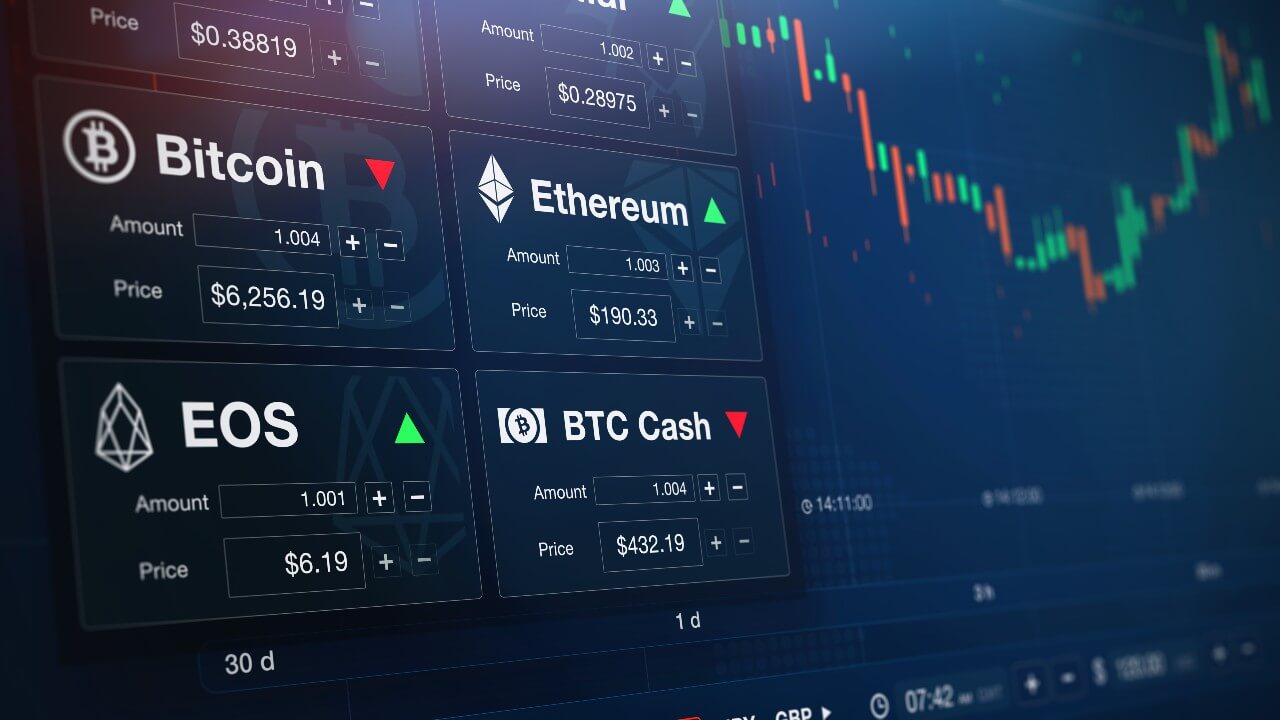With the broader adoption of virtual currencies, the price volatility is expected to increase and may significantly impact the returns. There are also many risks associated with virtual currencies, such as frauds and scams that can lead to losses. So, be part of this monetary race by setting your steps right on the bitcoin trading platform. Visit Official Website for more details.
The downside to virtual currencies is that it’s very speculative, which increases the risk of losses, and increases the time required to make your investments and during taxation. The virtual currency market is rising. This can be best seen in their price volatility due to fluctuations in supply, demand, and speculation. The possibility of fraudulent schemes has also increased, especially with the introduction of new frauds like initial coin offerings.
Virtual coins, and eventually fiat currency, could be considered fiat money. Virtual coins are code-based and can only be used with a computer or mobile device. Both virtual coins and fiat currency trade on the same marketplaces, but virtual currencies do not offer much security over their real-world counterpart.
Table of Contents
Points To Consider
1. Reduced Return Potential
Virtual currencies are a new asset class, and their performance is still largely unknown. As such, there is a reduced return potential with virtual currencies. This can be seen in the fact that many virtual currencies have meager yields or have lost their value since they were introduced to the market. First, the return on investment for virtual currencies is lower than it is for traditional investments. For example, if you invest $10,000 in bitcoin and it goes up to $20,000, your return will be $10,000—not $20,000.
2. Increased Uncertainty Rates
Virtual currencies are highly volatile, which means that the future performance of virtual money is highly uncertain and unpredictable. This is true even for more established virtual currencies like bitcoin, which has seen its price fluctuate wildly over the past year alone (from $19,000 to roughly $6,700). Second, virtual currencies can be more volatile than traditional investments. With a conventional investment such as an index fund or mutual fund, you know that if you put money into those investments, you’ll be able to get back your initial investment plus some interest at some point. With virtual currencies, however, there’s no guarantee that you’ll get back your initial investment plus any good—or even get anything at all!

3. Increased Risk And Scams
Virtual currencies have been associated with an increased risk of fraud and scams because they are new to investors and traders alike. In order to avoid falling victim to these kinds of schemes, it’s essential to do your research on any potential investments before making any decisions about which ones suit you best! Virtual currencies also tend to have higher uncertainty rates than traditional investments, which means they’re more likely to lose value over time. This can be especially risky if you’re investing in something like a hedge fund or an index fund that takes into account the performance of other stocks in its portfolio. Thirdly and finally (in terms of this blog post), virtual currencies are riskier than traditional investments because they involve high levels of uncertainty: they’re not regulated by any government agency or central bank (like the Federal Reserve), and they aren’t backed by any tangible assets like gold or silver bullion.
4. Regulations
Finally, virtual currencies aren’t always regulated as much as traditional investments; for example, many companies don’t disclose their holdings or pay taxes on their profits from virtual currency sales—which means that there’s less transparency about who’s making money from what. It’s also harder for the government to keep track of who owns what because it doesn’t know where all of those transactions are coming from or going (or if anyone has been using it for tax evasion).
Final Words
Virtual currencies are a relatively new and exciting concept, but they have come with some significant issues. The biggest downside of virtual currencies is that they tend to have lower returns than traditional investments making it a difficult battle. This is because they’re volatile, and they can be easily manipulated by people who want to make money off them. Virtual currencies offer fewer investment opportunities than certain currencies and resources.








